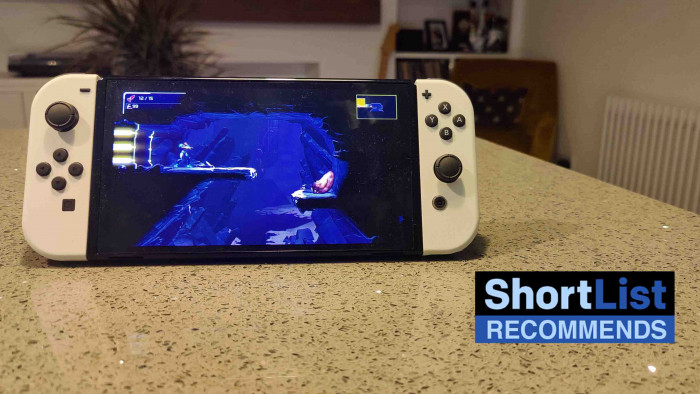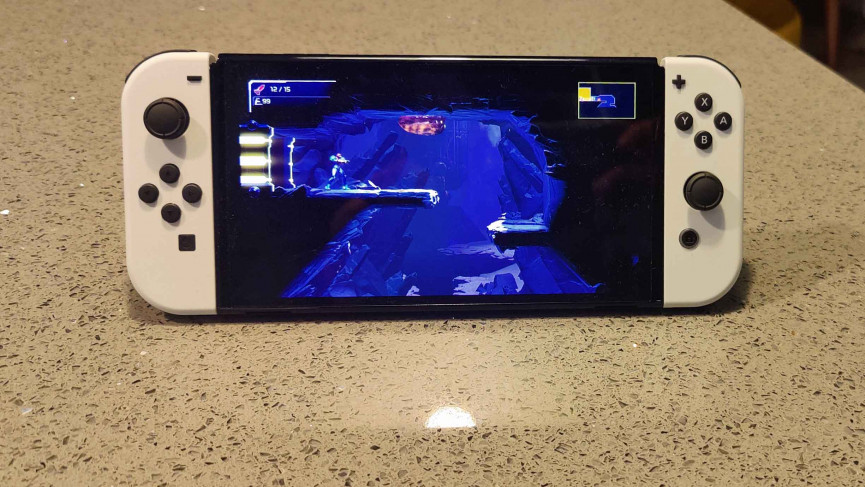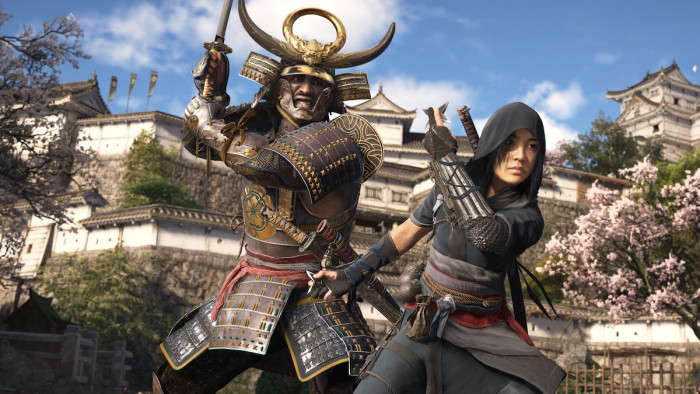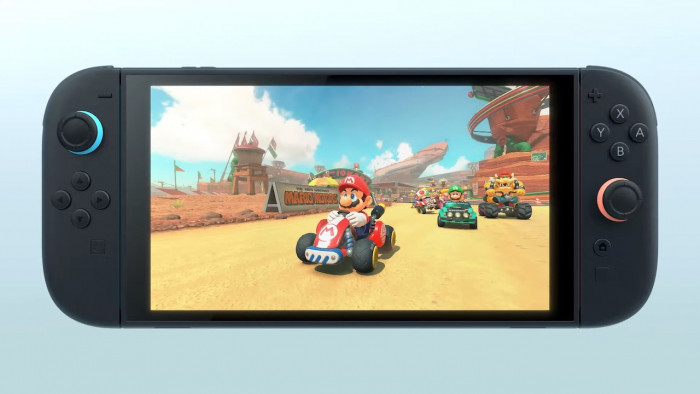Nintendo Switch OLED review: a Switch that simply stuns
A brilliant upgrade to an already brilliant console.


We’re now over four years into the lifespan of the Nintendo Switch, a games console that shows no sign of letting up. It’s weathered the storm of new console launches - the still hard-to-buy PS5 and Xbox Series X - and has now been given an upgrade.
This isn’t the Switch 2 but the improvements Nintendo has made for the Nintendo Switch OLED are more than welcomed and make for an improved gaming experience. And the good news is that this is a Switch release that adds in features, rather than taking them away - which is what the slim-lined Nintendo Switch Lite did when it was released in late 2019.
We’ve been glued to the new handheld/hybrid console for a good while now - here are 5 things to know about the Nintendo Switch OLED.
1. The screen is a dream to use

The biggest upgrade to the new Nintendo Switch is the OLED screen. It’s a good-deal bigger than the original Switch - upping the size from 6.3 inches to a round 7 inches. It’s 720p which may raise some eyebrows but the result is a blisteringly bright display.
This is good for when you want to play the Switch outside. Usually the Switch’s screen wilts near sunshine so it’s great to see an improvement in this area.
2. It sure still looks like a Nintendo Switch

There really isn’t much difference in looks between the original Nintendo Switch and the new Nintendo Switch OLED. Despite the bigger screen, much of the real estate has been created by reducing the border around the screen. This means that there’s mere millimeters difference between the size of the main unit of the two Switches.
Saying that, we reckon there could be some issues if you are trying out third party add-ons with the new screen - we didn’t have any to see if this was a problem. We did ‘switch’ between old and new Joy-Cons, though, and they work perfectly fine.
3. Build quality has improved, though

There are some subtle changes to the build of the new Nintendo Switch that makes it that little bit more premium. The black-and-white colour scheme is a delight, giving the console a more grown up feel.
Couple this with a new matt-black back and there’s a better grip to the handheld. The back is now split in half, with the bottom half a much sturdier kickstand. The kickstand on the original Switch was a small rectangle that always felt like it was going to break - the new one is not an afterthought but an essential part of the design.
We don’t know if it was down to the Nintendo Switch OLED being fresh out of the box, but the Joy-Cons were slightly stiffer to get on and off the console. This also feels like an improvement.
4. Gameplay-wise, the Switch OLED has a bright future

The added brightness of the screen really did improve the games we played. Just having the games reach the edge of the screen (well, nearly) makes them feel more encompassing. The detail of some of the graphics is richer, too. Shadows and the like in Metroid Dread were more profound on the OLED version of the console. The cuteness of Animal Crossing was given an extra layer of vibrancy, while Mario Kart just looked fantastic on the bigger screen.
We’ve gone on about the handheld version of the Switch for most of this review because that is where you see the real changes. Hooking the Switch OLED up to a TV (through a new dock that has smoother edges and a new, welcomed LAN port ) is as easy as it’s ever been but there’s nothing noticeable in gameplay and the like.
The biggest reason for this is that Nintendo hasn’t improved the graphics or any of the performance specs, except for doubling internal storage to 64GB. Even the battery has stayed the same, although we seemed to get a little longer out of it, compared to our original Switch.
5. If you want a Switch, this is the one for you

The upgrades Nintendo has added to the new Nintendo Switch OLED will be welcomed to anyone who has been holding out for a Switch. The new kickstand and vastly improved screen make this a console that’s an essential buy… for those that are currently Switch-free. If you already have a Nintendo Switch, though, this doesn’t feel quite enough of an upgrade to, well, upgrade.
We should mention the upgraded speakers, though. When in handheld they felt like they offered haptic feedback when playing Metroid Dread - it’s nice to see/hear an improvement in this area but we were also happy that Bluetooth audio now comes as standard (though you will be pleased to know the 3.5mm jack remains).
Nintendo Switch OLED: Final Verdict

We are huge fans of the Nintendo Switch OLED. It refreshes the console for a new kind of user who wants a more premium-looking, premium-sounding Switch.
While the upgrades do veer more towards the handheld side of the console, that’s no bad thing - the Switch was always meant to be versatile and the new improvements make it a superb handheld. While we would have loved 4K support when docked, it’s a small niggle and one that shouldn’t deter those yet to make the Switch.
Pre-order the Nintendo Switch now for £309.99.- These are the best Nintendo Switch games








